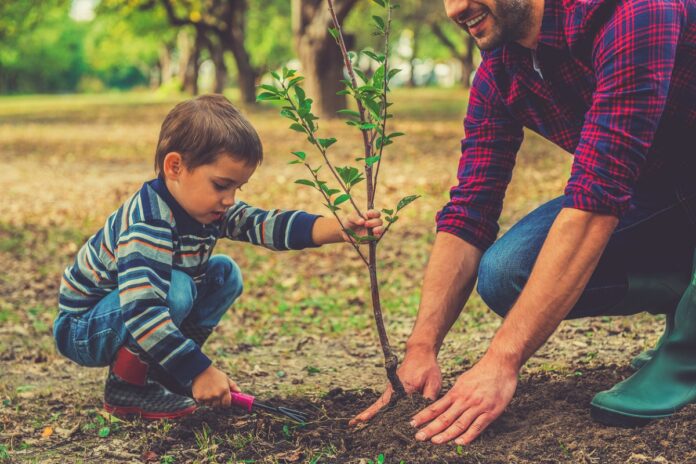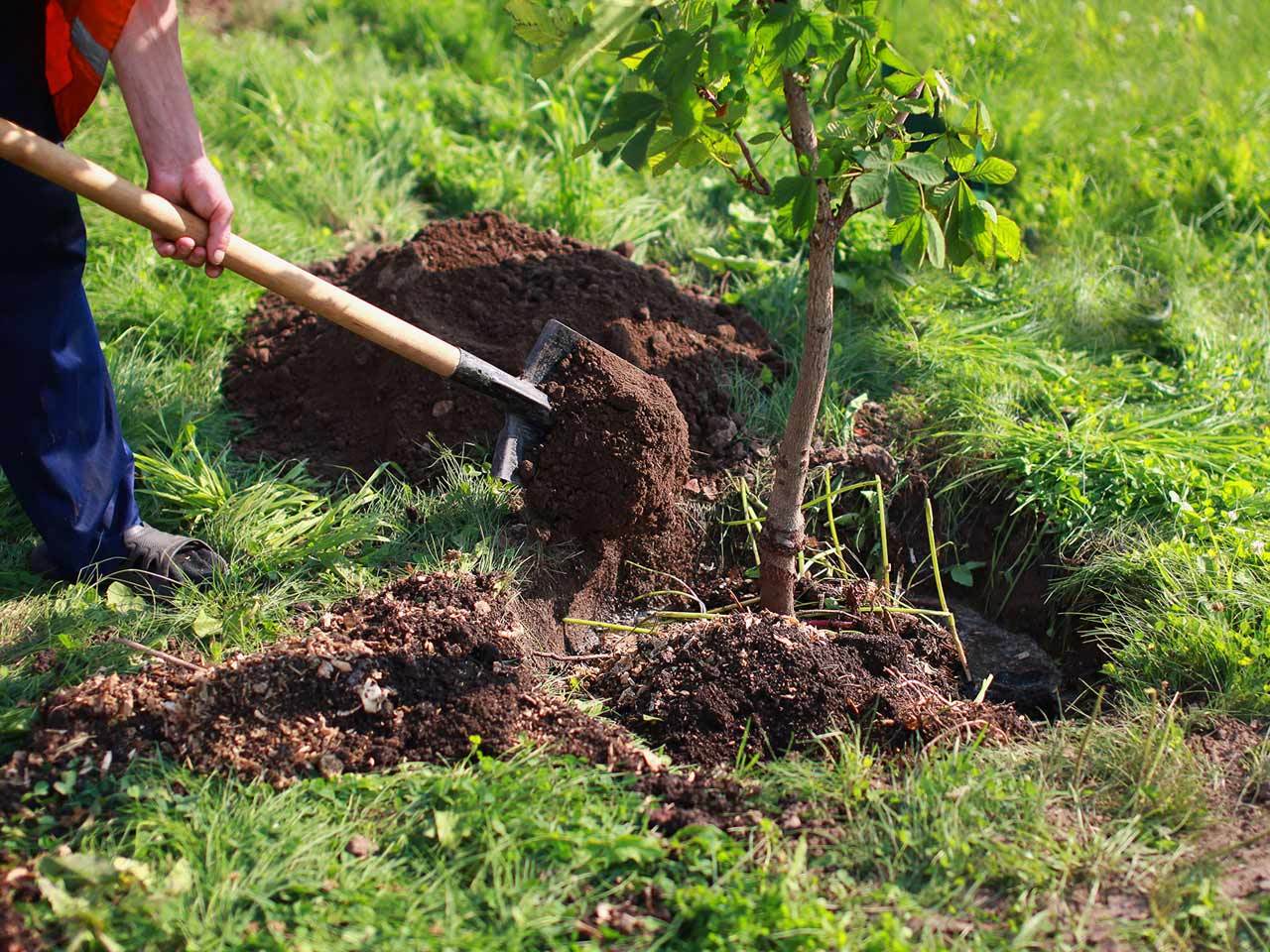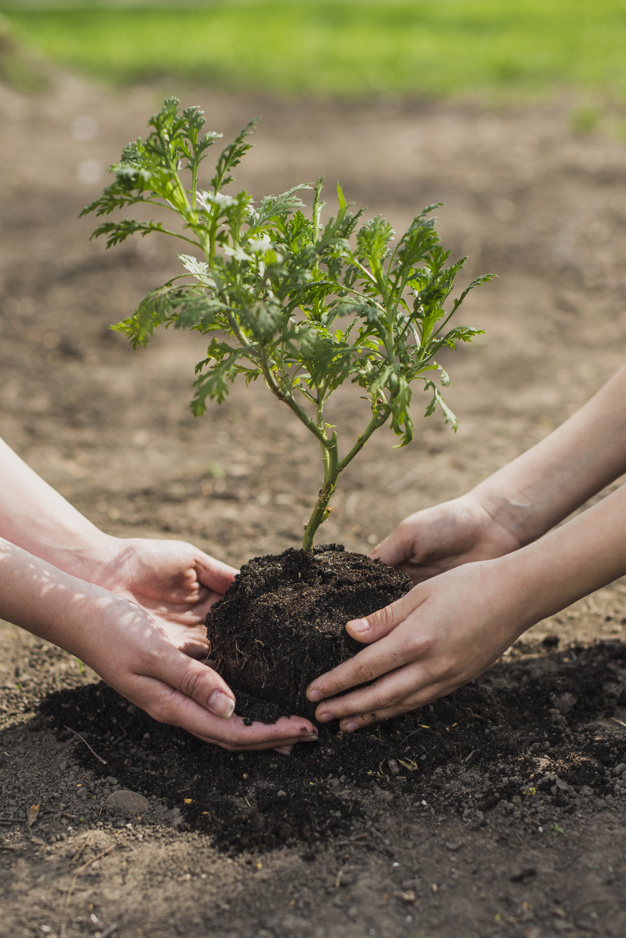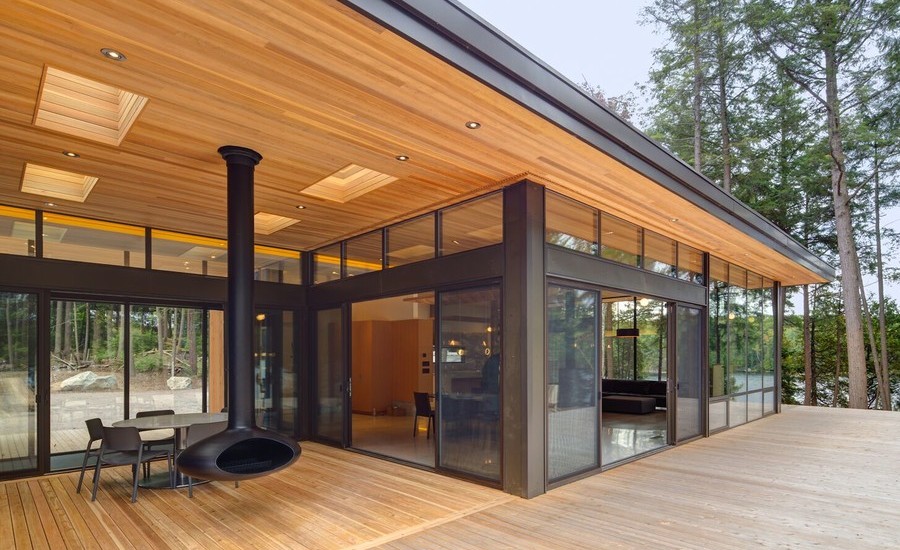Trees are one of life’s more important forces of the planet, providing a huge carbon sink and in return, we get food, oxygen, natural beauty, and ground stability. Trees provide us with a central point for sustainable living. In fact, even when felled, trees offer us the foundations of most of the world’s structures. It is vital that humans understand how to take care of them. There is, unfortunately, no one-size-fits-all approach. Sustainable tree care requires more than a bucket of fertilizer and a little bit of effort.
Trees provide people with a bountiful harvest. In return, you can learn the basic principles of arboriculture and tree care to ensure you leave a positive mark on the beautiful, natural environment around you.
Soil and Its Importance
Joining together the growth of almost every plant on earth is its substrate. The substrate is occasionally sand, rock, but most plants prefer soil. Studies by author Peter Wohlleben have revealed that trees are aware of their soil. So, this means that it is important that the mineral content and pH levels of the substrate is ideal for that specific tree you are trying to nurture or grow. Professional writing for The Tree Care Guide advocates thorough and careful testing of soil by utilizing inexpensive kits, prior to any sort of planting. By doing that, you can be sure that the tree you are trying to grow will be able to thrive from day one.
Identifying Invaders and Allies
Trees, as a member of the natural world, will interact with a wide array of fauna, flora, and other microscopic animals. Some of these will be harmful, while others will be helpful. Many institutions such as Cornell University have designed fungi identification tools. These types of tools are a key area of improvement for any aspiring arboriculturists. Being able to identify fungus growth and treating it is crucial. This is because non-benign fungus can lead to serious issues for healthy tree growth. It is important to learn the common sign and symptom of tree rot. With the use of online tools, there are a few invaders that can be easily identified. If these invaders are left to long without treatment, they will certainly cause your tree to die.
Predicting the Winter
There are numerous trees that have the ability to withstand the severest winters. Juniper like the Evergreens is able to handle the most awful weather condition all year round. You can also see that the pines you see in postcards of the Arctic-circle territories. However, all trees are not this fortunate. In fact, some trees are in need of protection in the winter months. Before the freeze sets in, ensure that the roots are greatly watered. Also, to prevent frost from permeating fully into the tree’s roots, it is important to set dense layers of protective mulch around the base.
What Not to Do When Planting a Tree?
Not selecting the right Tree Grates
If you really want to care for the trees and also impart an aesthetic feel, it is best to go for tree grates. These help not only in enabling the tree to grow stronger and higher, but also regulate drainage in a major way. Most of the major manufacturers also offer customizable solutions for private and commercial use. You can also decorate the ground beneath the grate with custom lighting.
1. Do not plant large varieties of trees near structures or in small spaces.
Obviously, when trees are planted, they are fairly small. They do not take up much space. However, you must consider the species or variety of the tree prior to planting. If you plant near a structure or in a small area, you want to be sure that it is not from a large species or variety or it will be an issue later on.
2. Never choose a tree based on how fast it will grow.
You should not allow convenience or personal preferences dictate your choices when choosing the type of tree to plant. You are essentially putting in investment once you decide to plant a tree. And while some variety of trees grow faster than others, they are also more vulnerable to winter or storm damage compared to the slow-growing species.
3. Do not overdo watering and fertilization.
While a newly planted tree does need all the nutrients to flourish, and constant water to absorb the moisture, you do not want to overdo it. There is a limit on how much moisture and nutrients a young tree can absorb. So, when you are out planting trees, keep this in mind.
When planting or purchasing a tree, it is essential to do your research. You want to find a tree that not only suits your soil conditions but your climate as well. Understanding how to properly care for the tree will ensure you are able to hand over a healthy tree for the generation to comes.




















